Luton, The Andrew Carnegie Public Library 1924
Photo ref:
75591V


More about this scene
IN SPITE of the depression, the town's population grew to 36,404 in 1901, and the town grew richer. The Liberal mayor Edwin Oakley, who gained office in 1891, was far- sighted; he sensed that Luton's future and prosperity depended on new industries and better infrastructure. Rapid expansion meant that jerry-building was inevitable (it is thought that the term may derive from the poorly built walls of biblical Jericho, which were so easily knocked down by Joshua's army); this would build up problems later on. Health problems were endemic. Although the population reached 50,000 by 1911, men's life expectancy was only 52 years and women's 55. Infant mortality was very high, with working parents having little knowledge of what was best for their offspring or money to make good provision for them. Typhoid, scarlet fever, whooping cough, tuberculosis and diphtheria were rife. As the population grew, so did the need for public services. Balfour's Education Act of 1902 placed 'board schools' under borough or county councils (Local Education Authorities), authorizing them to establish secondary and technical schools as well as to develop the existing elementary schools. Bedfordshire County Council took over education in 1902, and it was hoped that the Higher Grade School would serve Luton's growing needs. At the time, boys were travelling to Dunstable, Bedford and St Albans. The new Luton Modern School opened in 1908. Built on the site of the White House in Park Square, it was originally called the Edward VII School; it was renamed the Technical School in 1938. The steel magnate Andrew Carnegie added to the educational infrastructure by providing the town with a magnificent new library building in 1910 opposite the town hall at the entrance to Manchester Street.
Add to Album
You must be signed in to save to an album
Sign inShare This Photo
Buy a Print
Unframed, Mounted, Framed and Canvas prints in a range of sizes and styles.
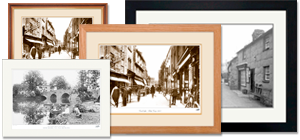
View Sizes & Prices
Create a Gift
A Selection of Memories from Luton
For many years now, we've been inviting visitors to our website to add their own memories to share their experiences of life as it was, prompted by the photographs in our archive. Here are some from Luton
Sparked a Memory for you?
If this has sparked a memory, why not share it here?

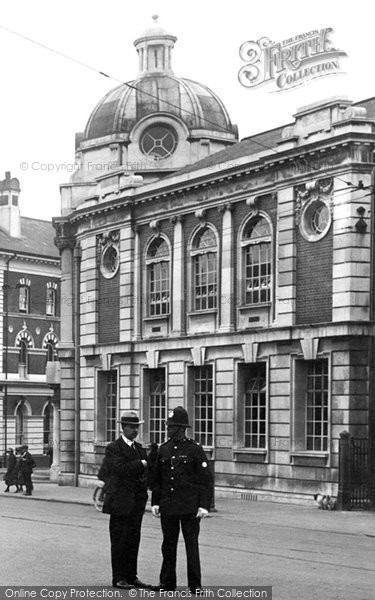
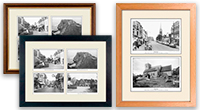
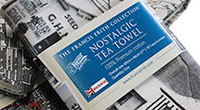

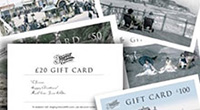
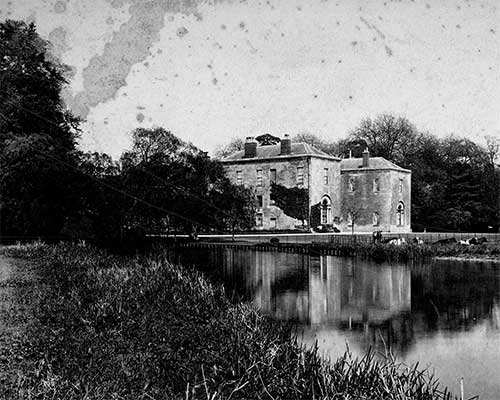 Before
Before
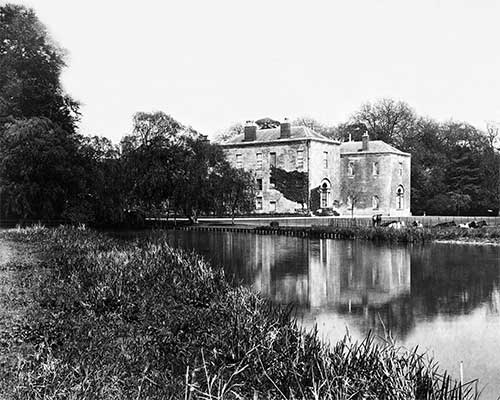 After
After